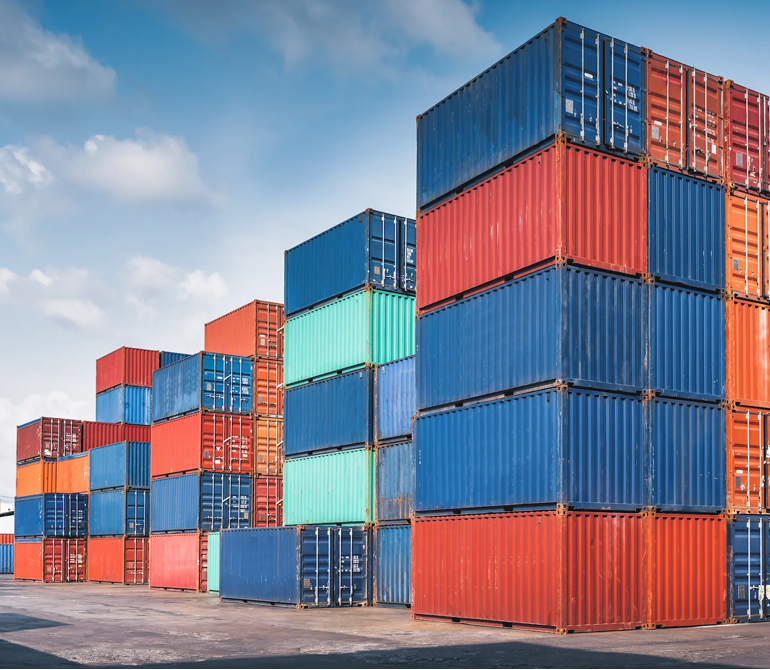Shipping goods from one place to another is a critical process for businesses worldwide. It involves several challenges, including delays, damage, and loss. However, by choosing the right shipment method, businesses can mitigate these challenges and ensure that their products reach their destination safely and on time. In this article, we will discuss the benefits of air and sea shipment and how they can help resolve shipment issues.
Sea Shipment:
Sea shipment involves transporting goods via cargo ships across oceans and seas. Sea shipment is a cost-effective method of transportation for large, bulky, or heavy goods that cannot be transported by air. It is also ideal for businesses that do not require expedited shipping and can plan for longer shipping times.
One of the significant benefits of sea shipment is its large capacity, which allows businesses to transport large volumes of goods at once. Additionally, sea shipment is environmentally friendly, making it a sustainable option for businesses that prioritize environmental responsibility.
However, sea shipment can also present several challenges. Delays due to weather conditions, port congestion, and customs clearance can cause shipping times to be longer than expected. Additionally, the risk of damage to goods during transport can be higher than with air shipment.
Air Shipment:
Air shipment involves transporting goods via cargo planes. Air shipment is an excellent option for businesses that require fast shipping times or have urgent delivery requirements. It is also ideal for businesses that transport small or lightweight goods that require more delicate handling or temperature control.
One of the significant benefits of air shipment is its speed, with goods often arriving at their destination in just a few days. Additionally, air shipment provides more security for goods during transport, with fewer opportunities for theft or damage.
However, air shipment can also be more expensive than sea shipment, making it less cost-effective for businesses that do not require fast shipping times or have more significant volumes of goods.
Conclusion:
In conclusion, both sea and air shipment methods have their advantages and disadvantages, and the choice of shipment method depends on several factors, including the type of goods, delivery requirements, and budget. By understanding the benefits and challenges of each shipment method, businesses can make informed decisions about how to transport their goods and minimize shipment issues.




